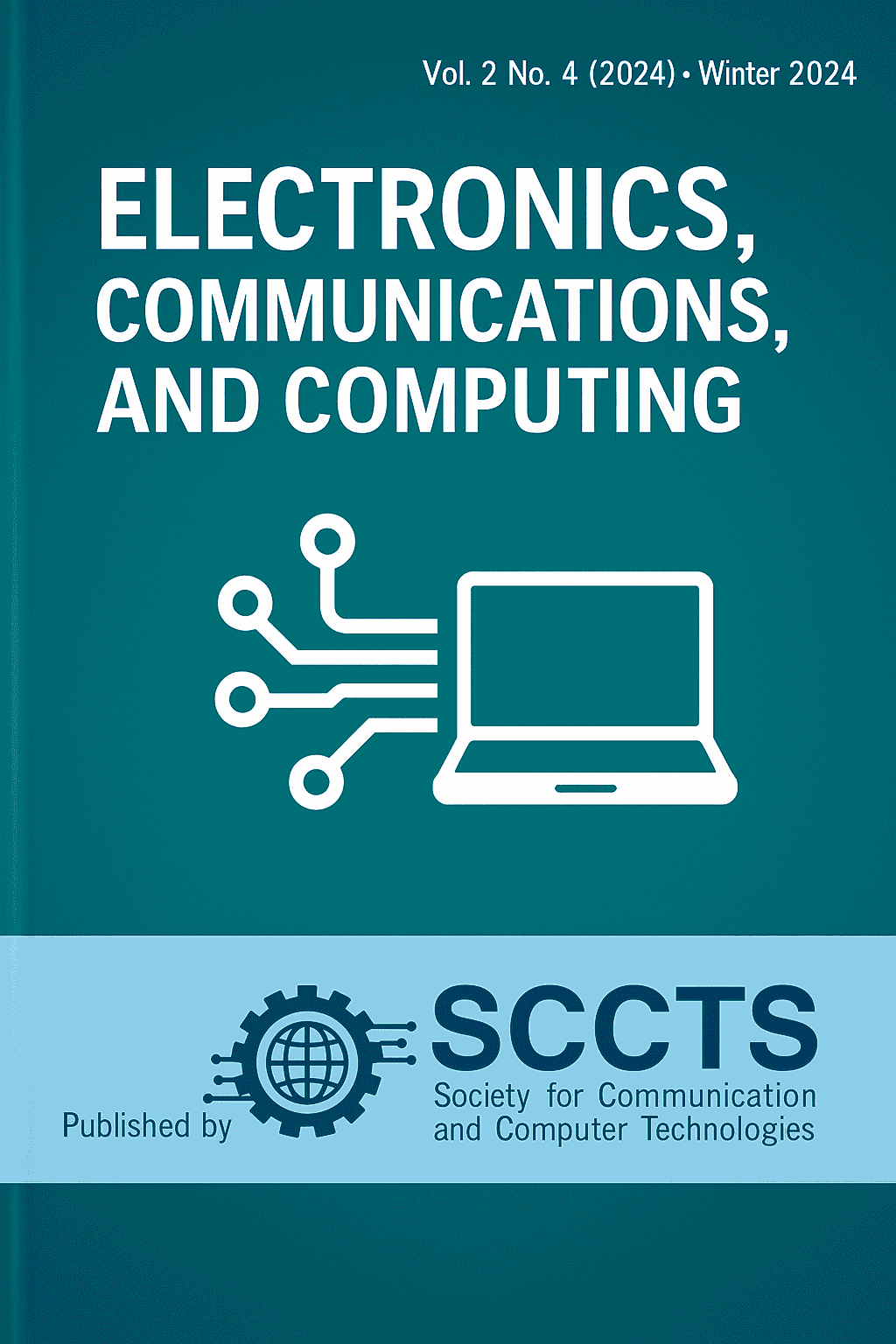Design of Smart Wearable for Cardiopulmonary Monitoring with Adaptive Feedback Loop
Keywords:
Smart wearable systems, Cardiopulmonary monitoring, Heart rate variability, Respiratory rate detection, SpO₂ sensing, Adaptive feedback loop, Edge computing, Real-time health monitoring, Physiological signal processing, Low-power biomedical devices, LSTM-based anomaly detection, Personalized healthcare, Wireless sensor networks.Abstract
The increasing worldwide problem of cardiopulmonary diseases adds even more sense to the necessity of safety and accuracy of health monitoring systems, which should be non-invasive and performed continuously and in real-time. This paper presents a new smart wearable product that is used to monitor cardiopulmonary vital signs, such as heart rate (HR), respiratory rate (RR), and peripheral blood oxygen saturation (SpO2) with a multimodule wearable form factor, which is wearable and easy to use due to the implementation of miniature and low-power sensor modules. The fundamental innovation of the proposed system is an adaptive feedback loop of the system, which is supported by edge-based machine learning of anomaly detection modules, LSTM-based, allowing adjusting the alert thresholds and delivering the personalized perspective on health dynamics in real-time. As compared to standard wearables that apply fixed limits on the alarms, our solution is considering the physiological individual variations and changes over time, thus making it sensitive to early abnormalcy changes and reduces false alerts. The wearable comprises of an ESP32 microcontroller platform that enables the transmission of wireless data over Bluetooth to a companion mobile application in order to visualize data and issue alerts over a remote connection. The performance of the system was tested in the form of a mixture of simulations, bench-level hardware tests, and pilot research of 10 human participants with different cardiopulmonary status. Its measurements prove to be of high accuracy and more than 98% of correlation with conventional clinical devices, and the feedback loop of the device is responsive to highly critical variations in physiologic signals. Further, the system has low latency (<=130 ms), power efficient (<=45 mW) and solid signal processing with motion artifacts. Adaptive feedback mechanism also managed to issue an early alert regarding abnormal breathing pattern and oxygen desaturation in high-risk participants. The article is an important contribution to the future wearable health monitoring platforms with the possibility of proactive care, all-time health profiling, and remote patients management via connection to the telemedicine and e-health structures. The modularity and flexibility of the system also leave us with the potential that we use it in managing chronic diseases, with the aged, and during rehabilitation.



